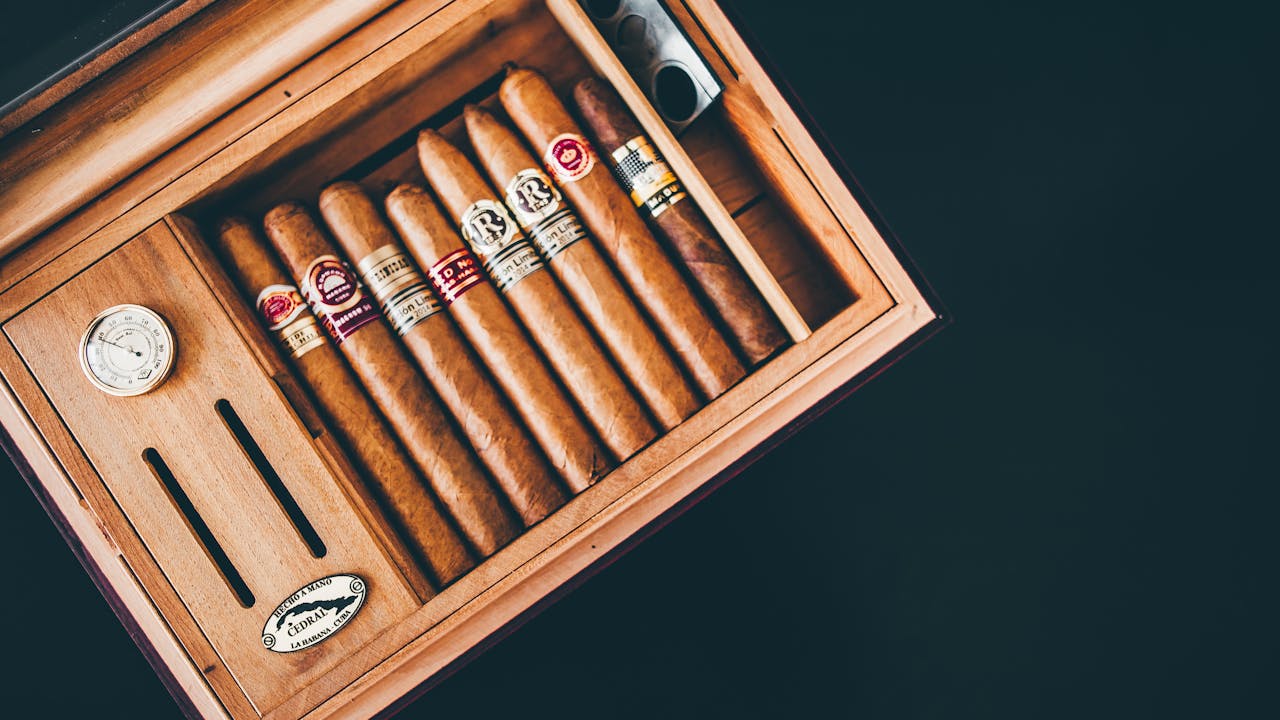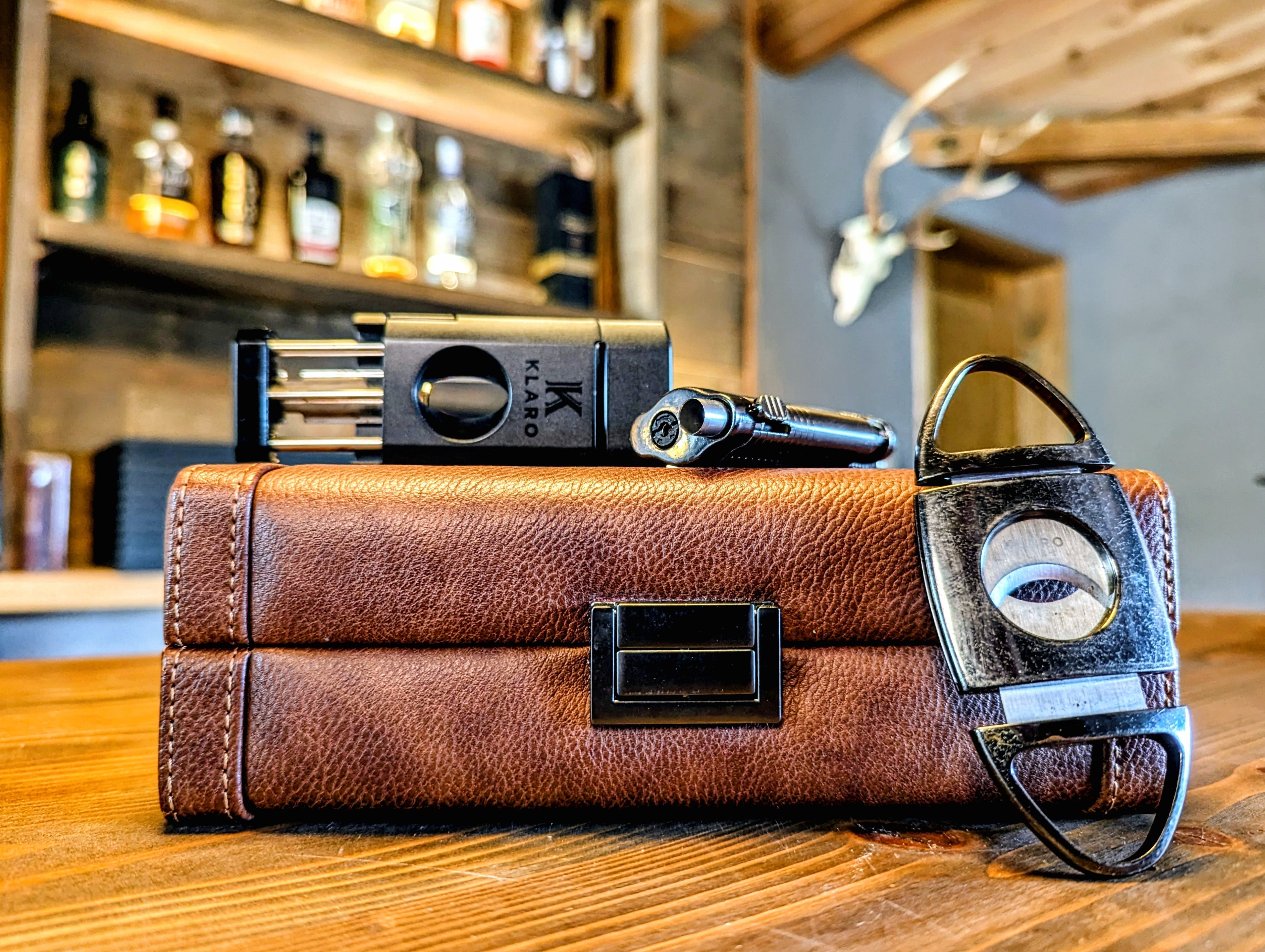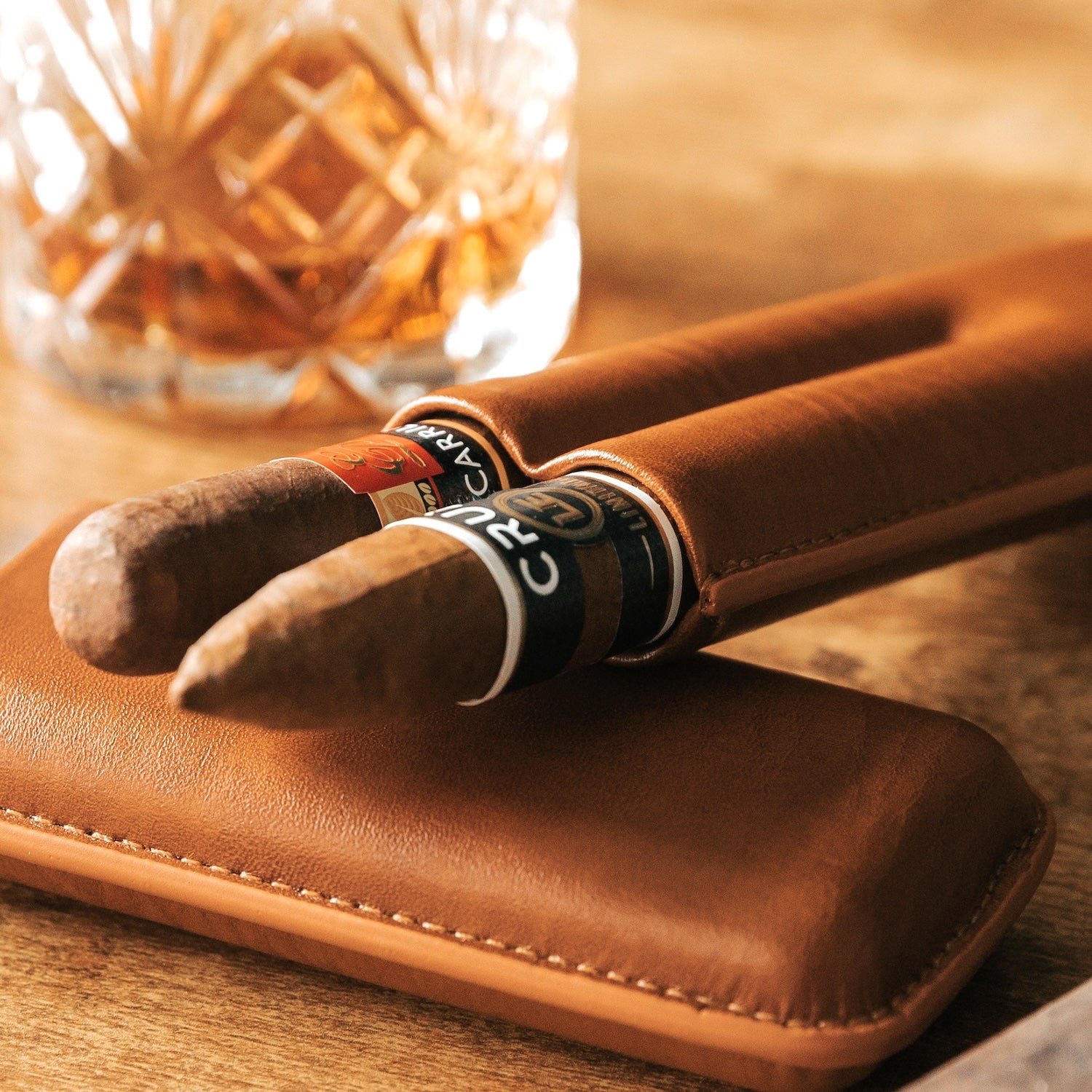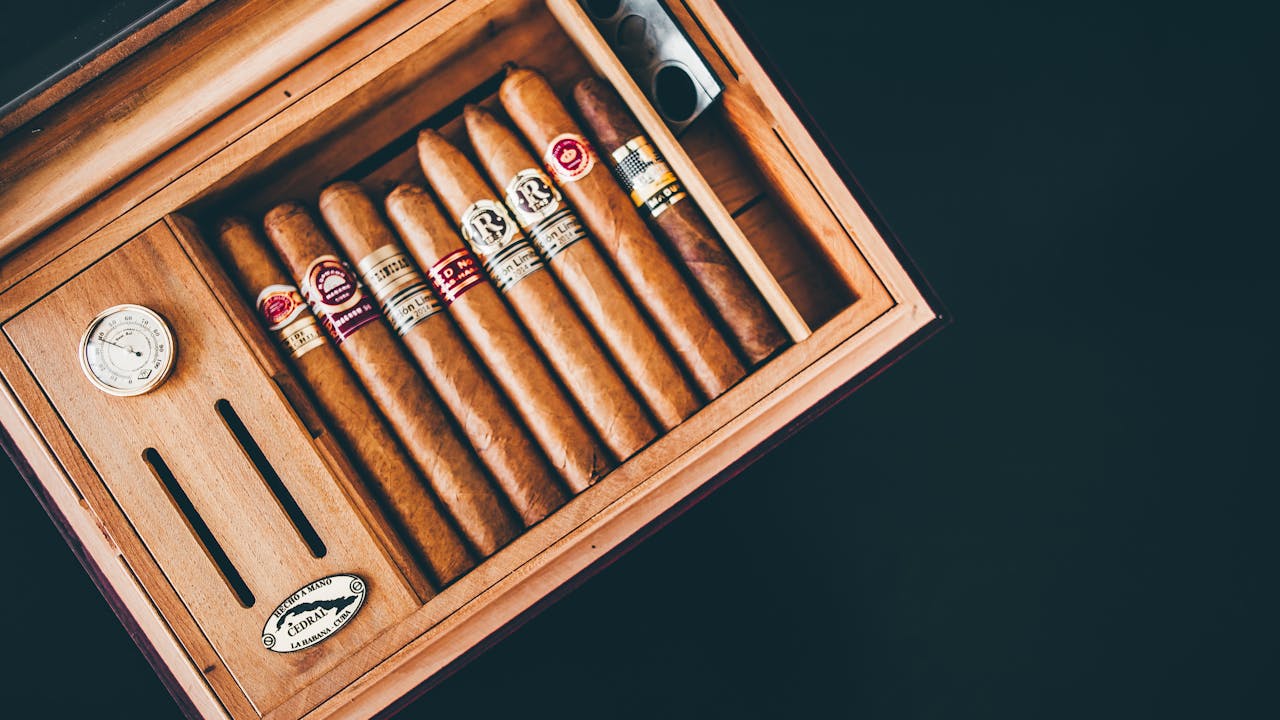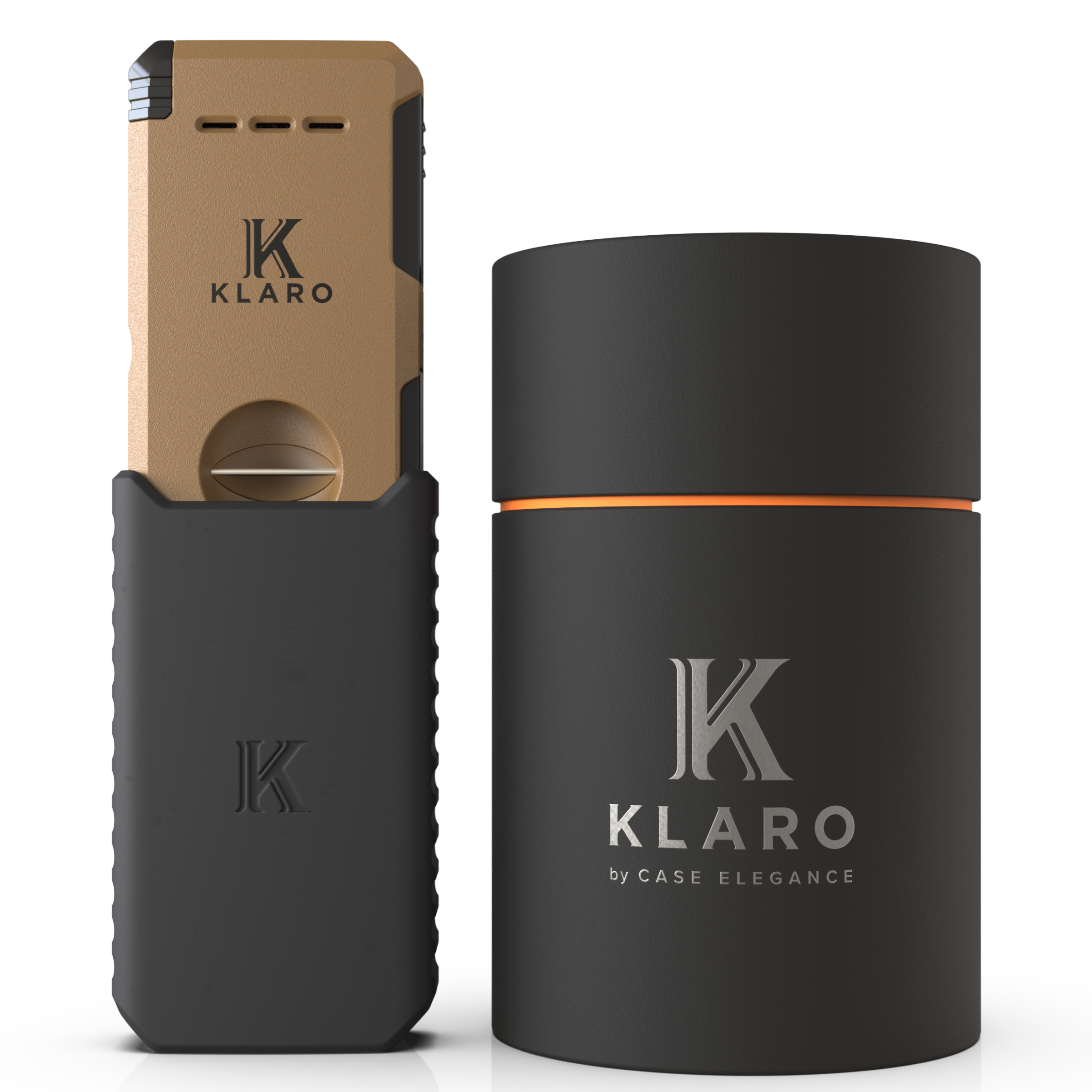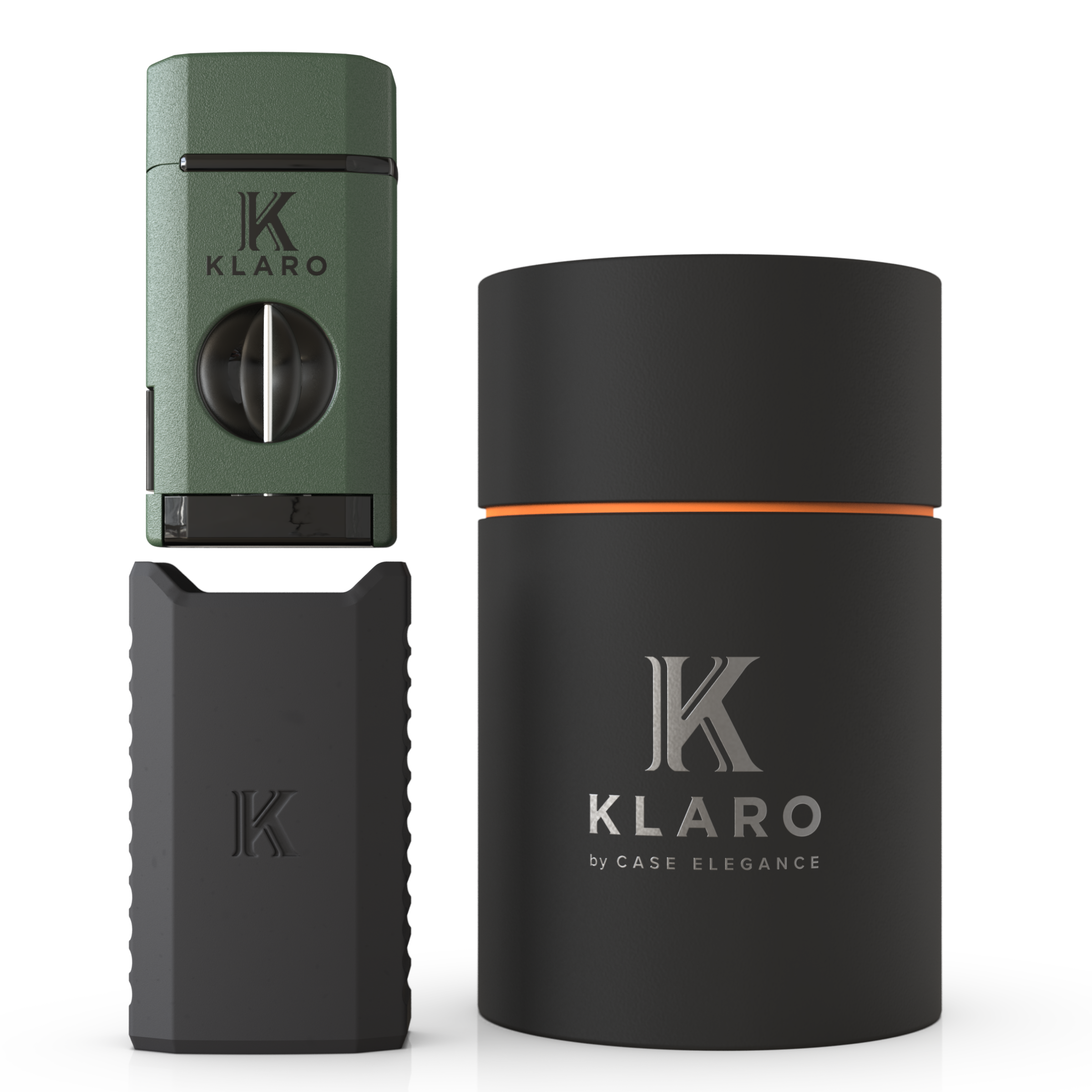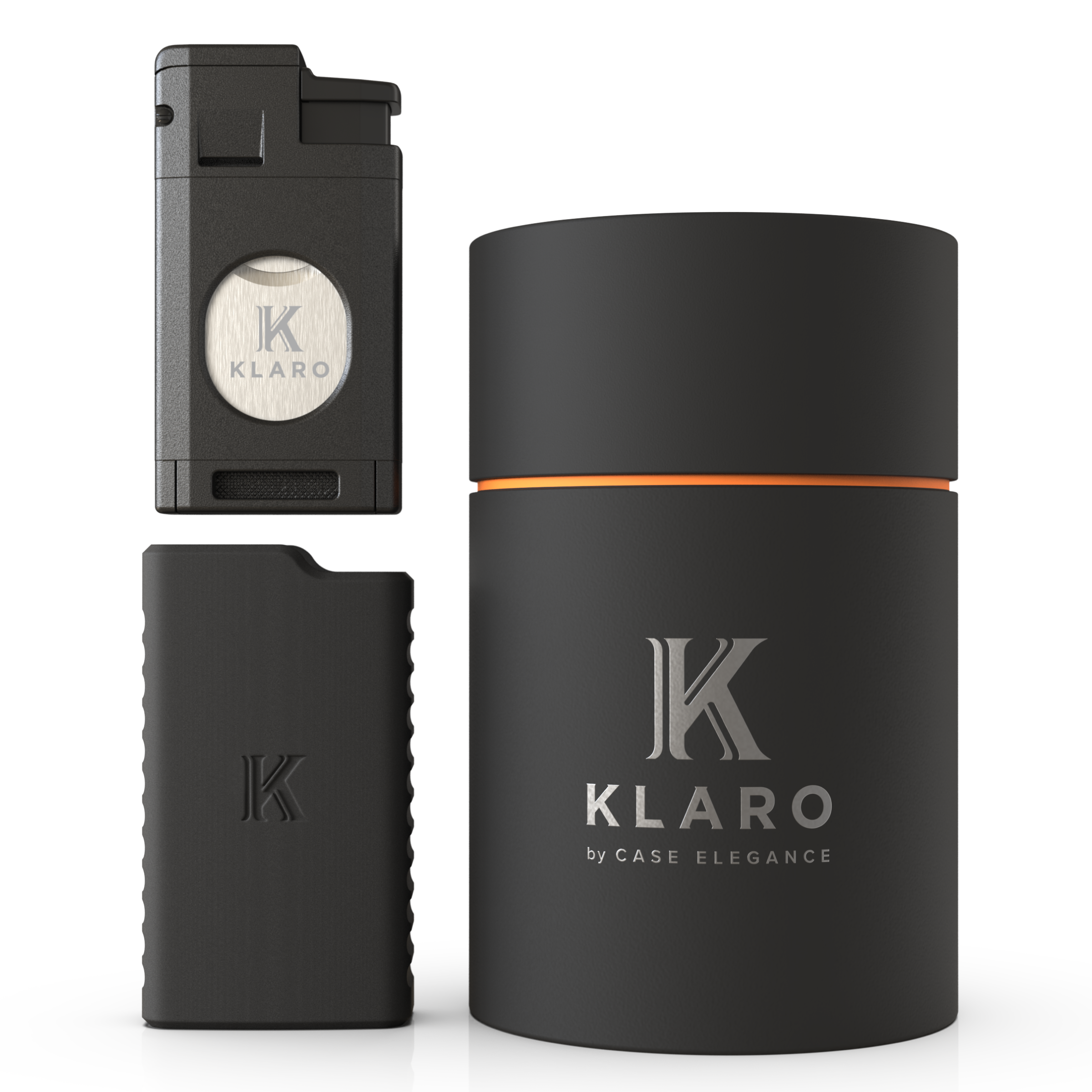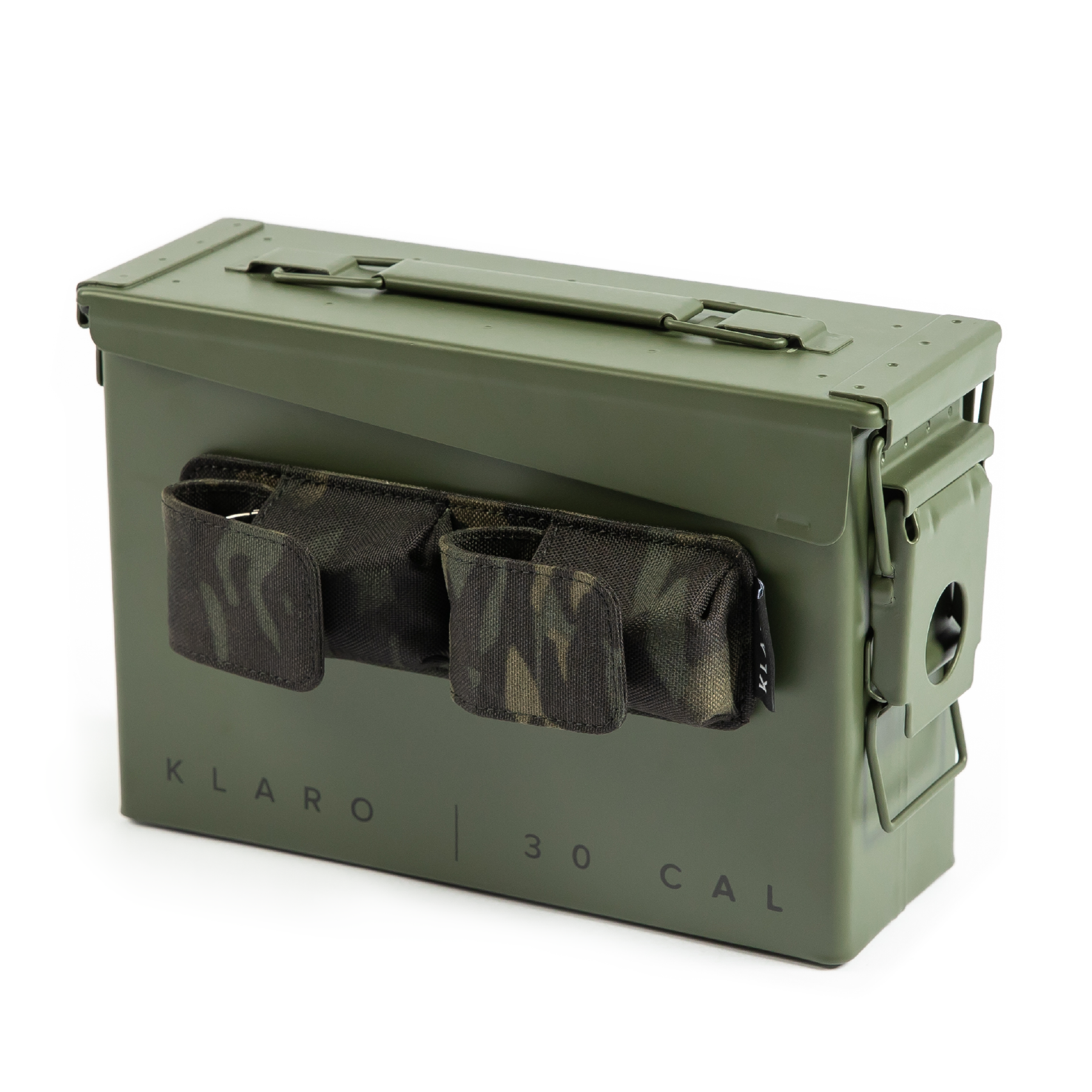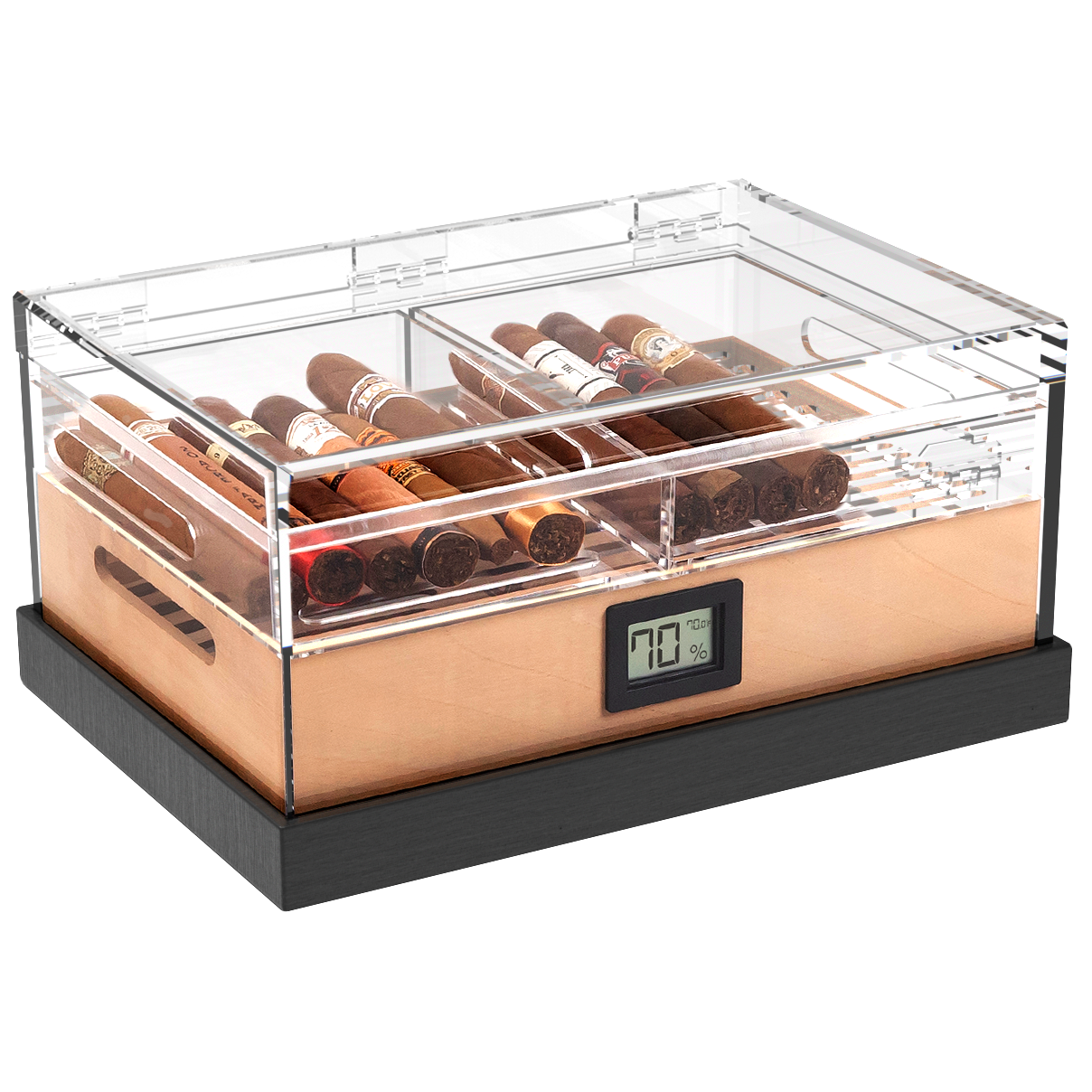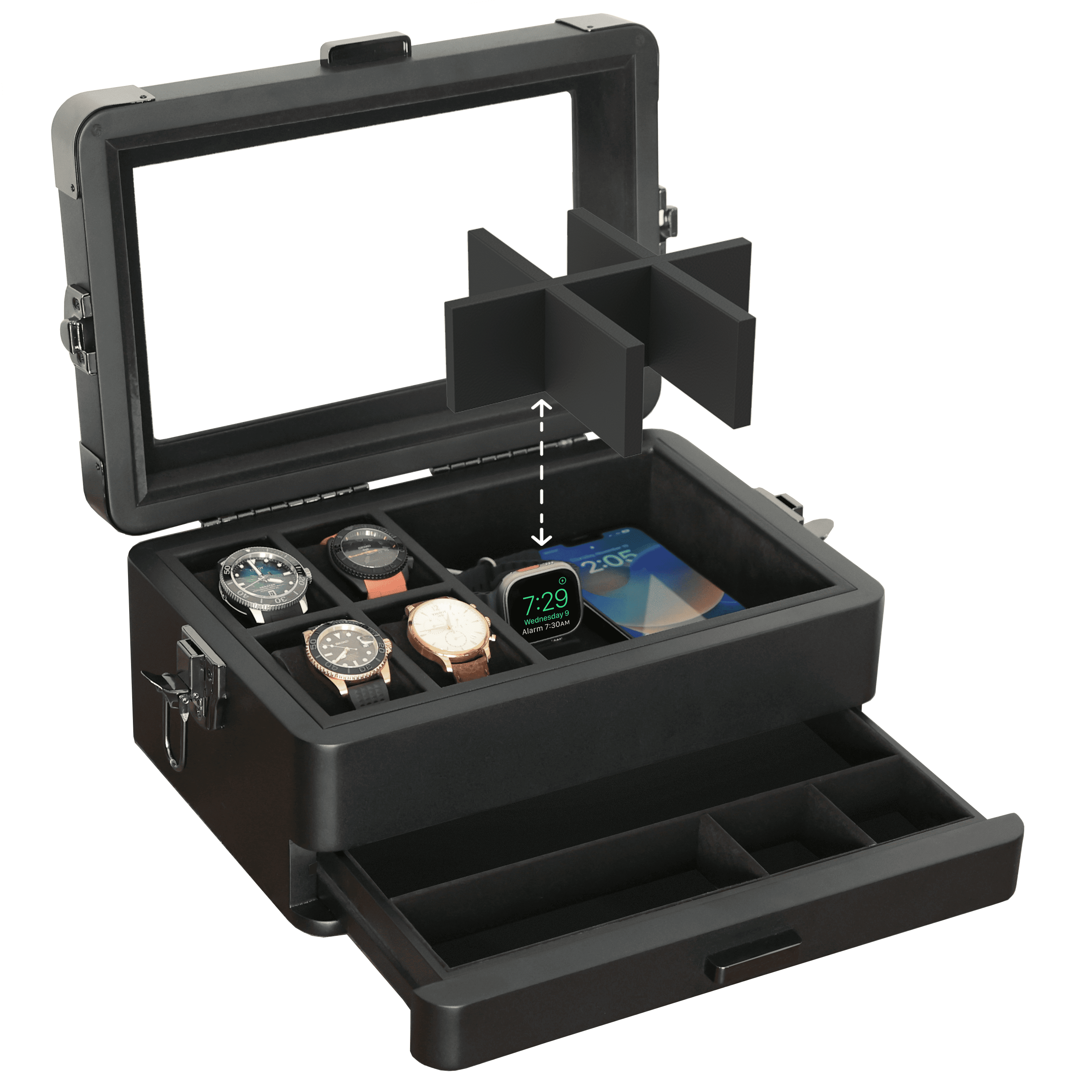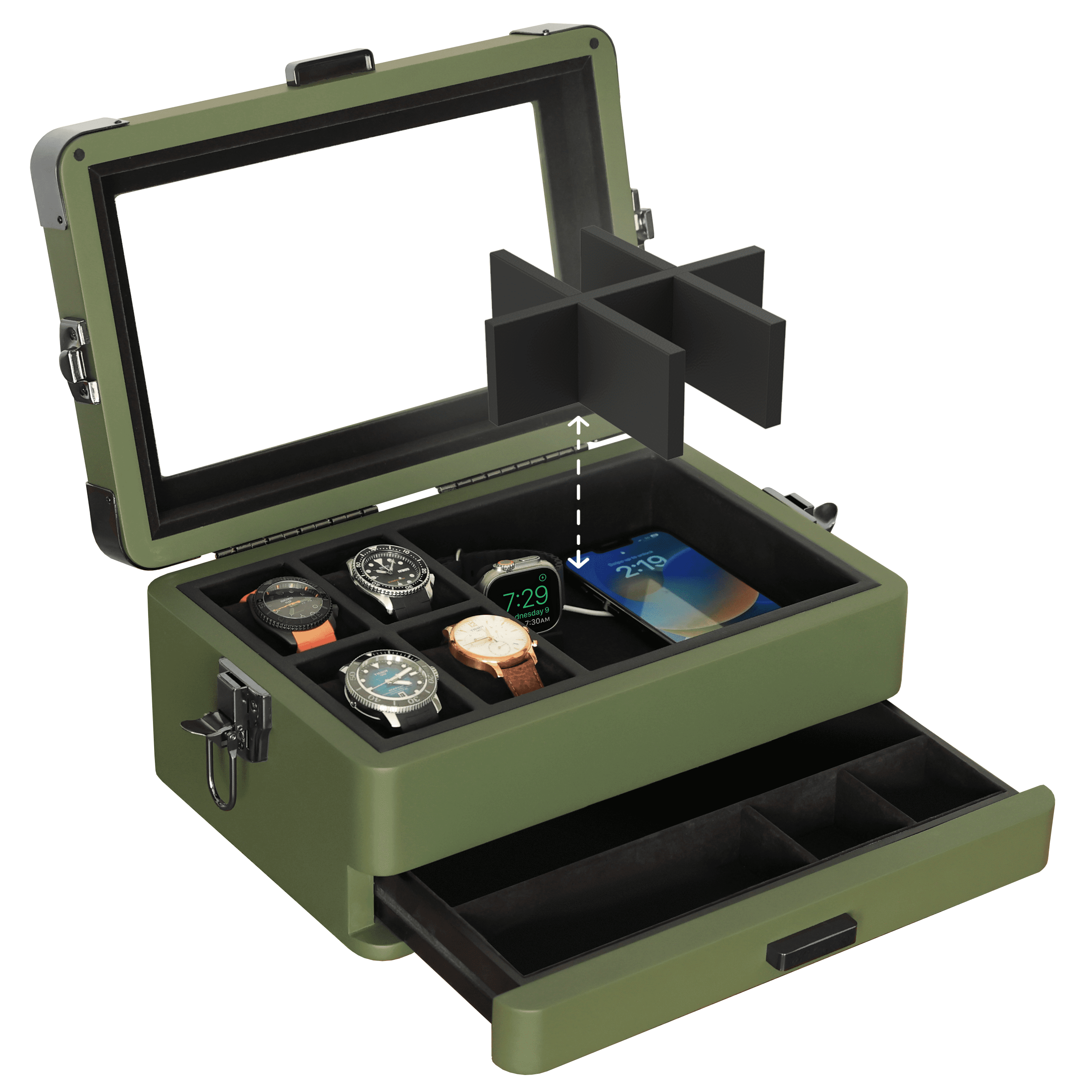One of the most compelling reasons to smoke cigars is the nearly unlimited variations of flavors, styles, and smoking experiences on the market today. Browse your local cigar room, and it’s an ocean of new and legacy brands experimenting with traditional and experimental blends to push the limits of what’s possible to taste and experience with a cigar.
The good news is that you’ll never be short of new cigars to try. The challenge? Navigating the many different types of cigars and exploring their varieties to know what you like, what to avoid, and what’s worth taking a chance on.
Today we’ll provide an overview of the various types of cigars you may stock in your humidor. Knowing these general types and familiarizing yourself with their variations gives you a good foundation of what to expect from flavor, strength, and smoking experience.
Types of Cigars
You will hear several terms used to identify a cigar. To the new cigar smoker, the variations can seem like a lot. But these identifiers tell us about the size, shape, and types of tobacco used in its construction. One way to think about this is like fasteners at the hardware store. A screw, for example, can be of different sizes, lengths, head sizes, and metals. The same is true of cigars. We’ll discuss the variations in shapes, sizes, wrappers, and origins.

By Shape and Size
Where to begin? The following are the main shapes and sizes of cigars. While the shape and size may affect flavor and smoke production, they also provide a helpful indication of smoking session duration.
Robusto
The Robusto is a shorter and thicker cigar, typically measuring about 5 inches with a 50 ring gauge. It has a balanced smoke time of 30-45 minutes, which is ideal for newcomers. The Robusto’s compact size offers rich flavors without an overwhelming time commitment, making it a popular choice for both new and seasoned smokers. Its shorter length allows for concentrated flavors, providing a satisfying and manageable experience for beginners exploring different blends.
Toro
The Toro cigar is slightly longer and wider than a Robusto, averaging 6 inches in length with a 50-54 ring gauge. It offers a smoking time of around 60 minutes. The Toro is popular due to its balance between size and flavor. For newer smokers, it provides an extended smoking experience without being overly long. The wider ring gauge offers a smoother burn, allowing new cigar enthusiasts to savor a richer flavor profile.
Churchill
Named after Winston Churchill, this cigar typically measures around 7 inches with a 47-50 ring gauge. Its large size provides a smoking time of about 90 minutes or more. While its size may seem intimidating to new smokers, its slow burn and the ability to enjoy subtle flavor transitions make it appealing for those willing to invest time in the experience. The Churchill is ideal for those looking for a prolonged smoke.
Panatela
The Panatela is a long and slender cigar, often measuring around 6-7 inches with a smaller ring gauge of 34-38. This cigar offers a more delicate and quicker smoke. Its slim profile provides a refined smoking experience with a shorter burn time. For beginners, the Panatela offers lighter flavors and a shorter commitment, making it an appealing option for those seeking a more casual or less intense smoking session.
Figurado
Pretty much any cigar with a sloping taper to one end, or sometimes both ends, is classified as a Figurado. These shapes may appear to be aesthetic in nature, but they can also serve a purpose, as they allow the smoker a more concentrated draw, an easier cut, and potentially, a different cigar flavor profile as the blend burns. Furthermore, double-figurados (cigars with a tapered foot) often benefit from an easier light due to the slim circumference on one end.
Petit Corona
The Petit Corona is a smaller version of the classic Corona, typically about 4-5 inches long with a 40-42 ring gauge. It offers a brief smoke, around 30 minutes.This shorter cigar is perfect for newer smokers looking for a quick yet flavorful experience. Its compact size makes it easier to handle, and the smoke time is ideal for those wanting to explore cigars without a lengthy session.
Cigarillo
Cigarillos are very small cigars, typically 3-4 inches long with a slender build. They offer a quick smoke, usually lasting 10-15 minutes. Cigarillos are great for beginners because they are easy to handle and provide a brief, flavorful smoking experience. They are often enjoyed casually and are less intimidating than full-sized cigars, offering a convenient way to get introduced to cigar flavors without a large time investment.
By Wrapper Type

The wrapper of a cigar plays a significant role in shaping its flavor profile, often contributing between 60-80% of the cigar’s overall taste. The wrapper is the outermost leaf, and its color, texture, and origin impact the cigar’s flavors, aromas, and strength. Here are some of the most common wrappers.
Natural Wrapper
Typically medium-brown in color, the Natural wrapper is made from tobacco leaves that receive moderate sunlight. It offers a balanced flavor, often slightly sweet and earthy, with subtle spice or nutty undertones. This wrapper is suitable for both new and experienced smokers who enjoy mild to medium-bodied cigars.
Maduro Wrapper
Dark and oily in appearance, Maduro wrappers are fermented longer, resulting in a richer texture. They provide bold, full-bodied flavors with notes of chocolate, coffee, and sweetness, making them a favorite among those seeking a complex, robust smoking experience.
Connecticut Wrapper
Light tan and silky, Connecticut wrappers are grown in shaded conditions for a delicate texture. They deliver a smooth, mild flavor, often creamy or buttery, with hints of wood and nuts. Ideal for beginners or those who prefer a milder, less intense smoke.
Sumatra Wrapper
Originating from Indonesia, the Sumatra wrapper has a reddish-brown color and is often oily. It provides a rich, slightly spicy and earthy taste with hints of sweetness, making it a good choice for those who enjoy medium-bodied cigars with complex, exotic flavors.
By Origin

The origin of tobacco can be helpful in determining a cigar’s flavor, availability, and price for several reasons.
Flavor
Tobacco grown in different regions has unique characteristics due to variations in soil, climate, and farming techniques. For instance, Cuban tobacco is known for its strong, earthy flavors, while Nicaraguan tobacco often has a spicy, robust profile. Dominican tobacco tends to be smoother and milder, and Honduran tobacco offers rich, bold flavors. Regional conditions directly influence the complexity and intensity of the cigar’s taste.
Availability
Tobacco from specific regions can be limited by climate, political factors, and production scale. For example, Cuban cigars are often restricted due to trade embargoes, affecting their global availability. Regions with smaller production capacity or seasonal growing conditions may produce less tobacco, making cigars from these areas harder to find.
Price
The rarity and reputation of a region’s tobacco influence the cost. Premium regions, such as Cuba or certain Nicaraguan regions, often yield more expensive cigars due to the high demand and labor-intensive cultivation processes. In contrast, cigars from less renowned regions might be more affordable. Political factors, import/export restrictions, and the scale of farming also impact pricing.
Below are a few of the most well-known cigar countries of origin:
-
Cuban Cigars: Renowned for their rich, earthy, and complex flavors. Considered the gold standard but are often expensive and harder to obtain due to trade restrictions.
-
Dominican Cigars: Known for their smooth, mild-to-medium-bodied flavor profiles, making them ideal for beginners or those seeking a more mellow smoking experience.
-
Nicaraguan Cigars: Bold, spicy, and robust. Popular among smokers who enjoy full-bodied cigars with depth and complexity.
- Honduran Cigars: Typically rich, earthy, and sometimes peppery. Offer a strong, bold smoking experience similar to Nicaraguan cigars but often with distinct regional nuances.
By Tobacco Blend
A cigar has three main parts: wrapper, binder, and filler. Any one of these components can include tobacco from the same region or country (single-origin) or can be mix-matched with tobaccos from several different places (multi-national). The master blender intentionally makes this choice to determine the cigar’s flavor and nuance.
Single-Origin Cigars
Single-origin cigars are made entirely from tobacco grown in a single country or region, resulting in a more focused and consistent flavor profile that reflects the unique terroir of that area. These cigars typically highlight the specific characteristics of the region’s soil, climate, and cultivation techniques, offering a pure expression of the tobacco’s inherent flavor—whether it’s the earthy richness of Cuba or the spicy robustness of Nicaragua.
Multi-National Blends
Multi-national blends combine tobacco from different countries or regions, allowing blenders to craft complex, layered smoking experiences by balancing distinct flavors. These cigars may mix the smoothness of Dominican tobacco with the spice of Nicaraguan leaves or the boldness of Honduran fillers, creating a more dynamic, versatile smoking profile with nuanced transitions in flavor and strength throughout the smoke.
By Production Method
As a smoker, you likely prefer premium tobaccos over mass-manufactured, short-filler tobaccos. But the tobacco quality is only one aspect of the manufacturing process you should know about. Consider the two main ways cigars are made:
Hand-Rolled Cigars
Hand-rolled cigars are crafted by skilled artisans who sort, roll, and wrap the tobacco leaves by hand. The result is superior construction, better flavor, and a more consistent burn. Smokers consider hand-rolled cigars a premium product, prized for their craftsmanship, and the slow, careful process ensures a more complex and enjoyable smoking experience.
Machine-Made Cigars
As the name implies, machinery cuts, rolls, and wraps the tobacco for machine-made cigars. These cigars typically use short-filler or chopped tobacco leaves and are bound with homogenized wrappers (often paper-like). While less expensive and more widely available, machine-made cigars generally offer a simpler flavor profile and are often less refined than their hand-rolled counterparts. Their consistency and lower price make them popular for casual or everyday smoking.
Choosing the Right Cigar

Learning what cigars you prefer is one of the enjoyments of exploring new blends, cigar types, and brands. Luckily, you’ll never be finished exploring. But as you smoke, make note of the different origins, blends, sizes, and types you smoke, and remember what you prefer. For example, you may want to explore a particular flavor, like chocolate, which might lead you to experiment with all sorts of different tobaccos.
Or you may discover you favor maduro wrappers, in which case you can start trying ever maduro you can find.
It’s all a matter of personal preference and expanding your knowledge. However, consider some of the other factors that may inform your decision on what to buy and when. For example, your budget might only allow cigars under $10. Or you may typically need to smoke in a rush, so smaller nub cigars are a better choice. It all comes down to your preferences and lifestyle!
Additionally, there’s much to be consider when choosing what to drink with cigars. Like pairing wine with dinner, you can pair drinks with cigars to enhance the experience.
Trends and Innovations
In recent years, the cigar industry has seen an influx of new boutique brands and innovative blends among legacy brands, often experimenting with tobacco from lesser-known regions or creating hybrid blends. Many of these new brands and blends focus on small-batch production, using rare or aged tobacco to craft unique flavor profiles that appeal to seasoned smokers seeking fresh experiences. This shift has broadened the variety of cigars available, offering more diverse flavor combinations and novel smoking experiences.
We encourage smokers to explore both known and beloved blends as much as they do new, experimental, or short run cigars. Boutique and legacy brands alike typically offer a few trusted blends and others that are more experimental.
Summary
With an ever-growing range of cigar types, sizes, wrappers, and blends, cigar enthusiasts have nearly endless options to explore. Whether you prefer classic, single-origin cigars that highlight the unique flavors of a particular region or multi-national blends offering complex and layered smoking experiences, the world of cigars caters to every taste and preference. As you continue to explore, note your favorites and experiment with new brands and trends to enhance your knowledge and enjoyment. Ultimately, finding the right cigar is a personal journey that offers both seasoned smokers and newcomers a chance to discover the richness and diversity of cigars.

